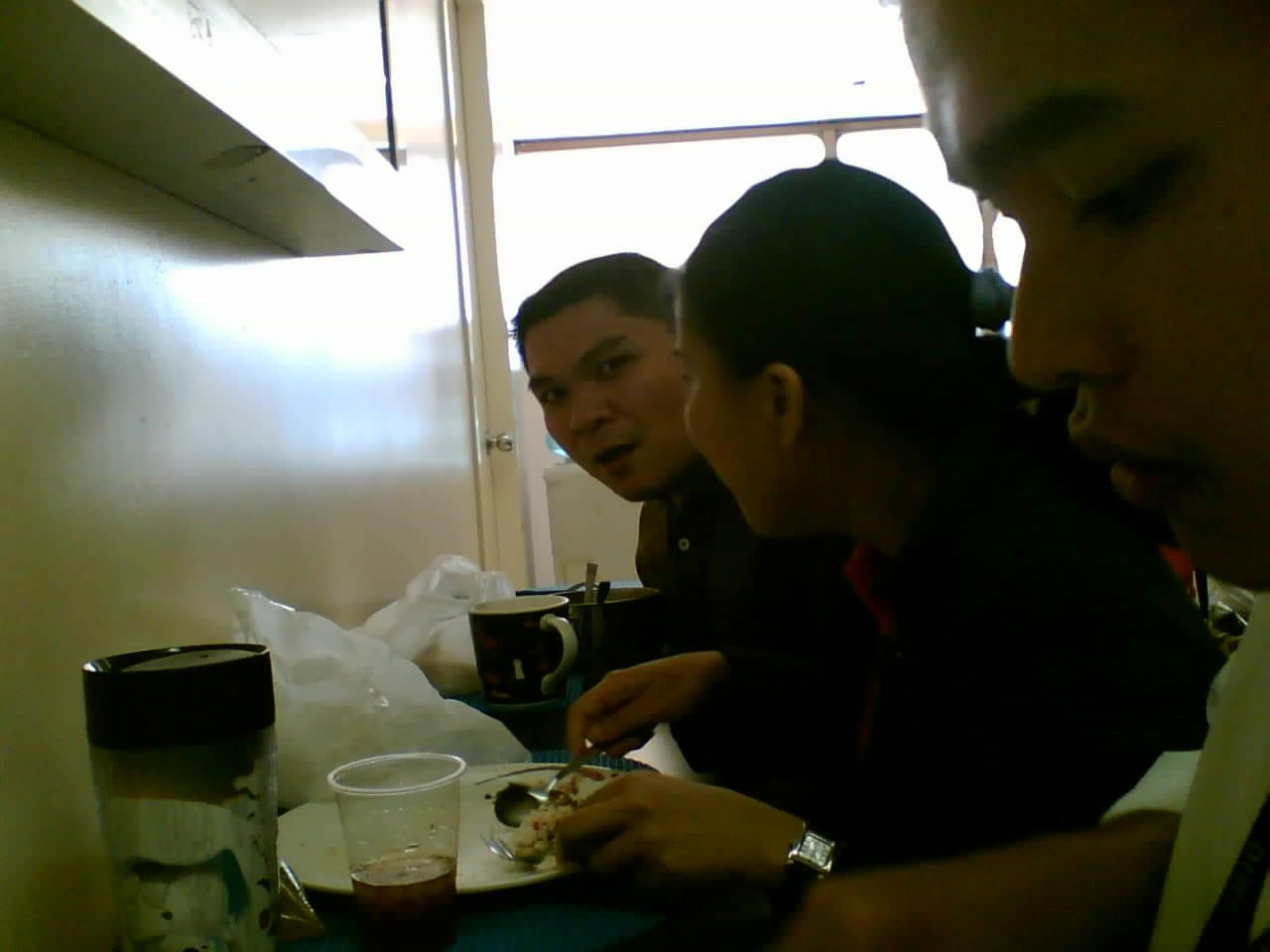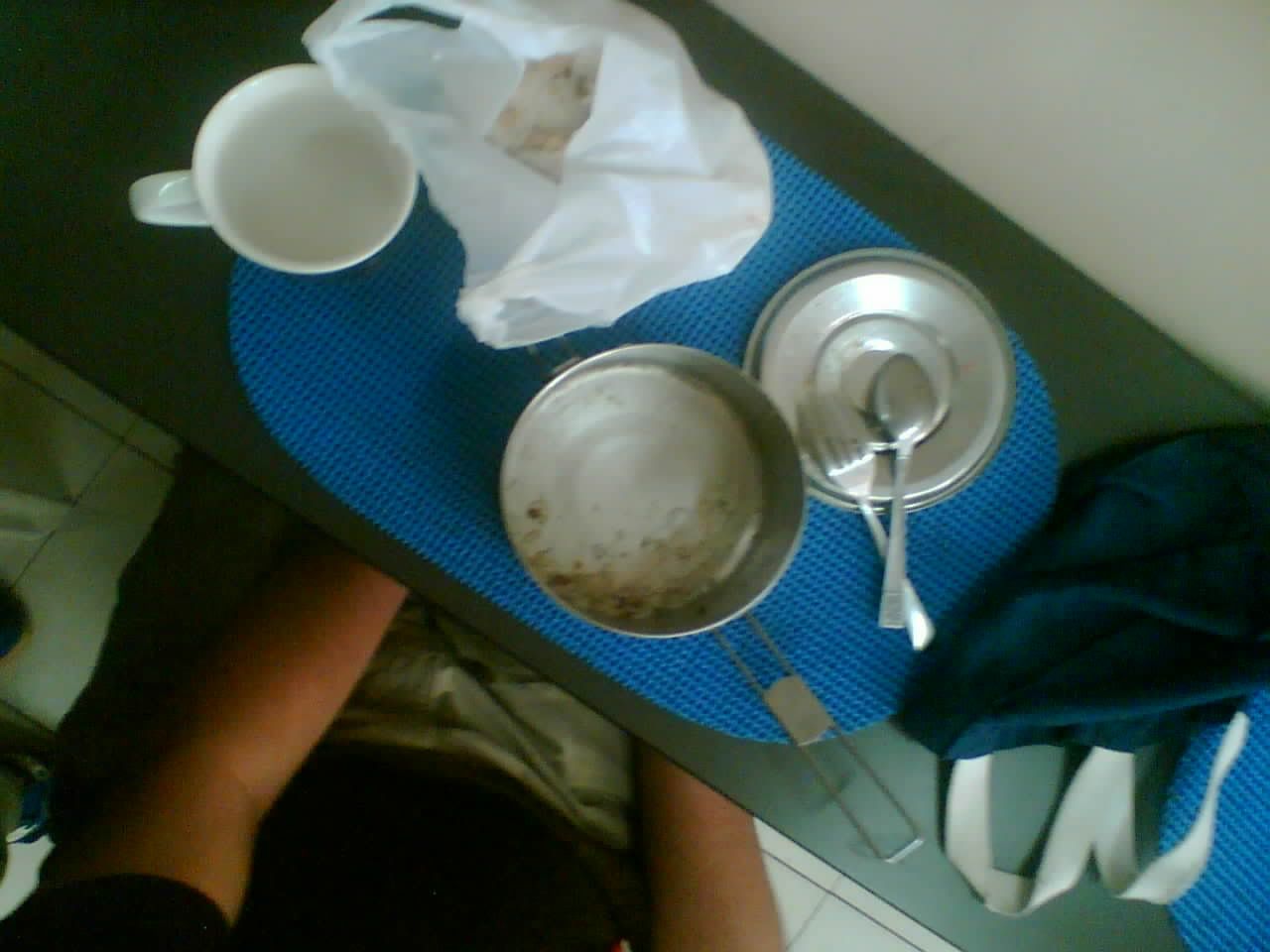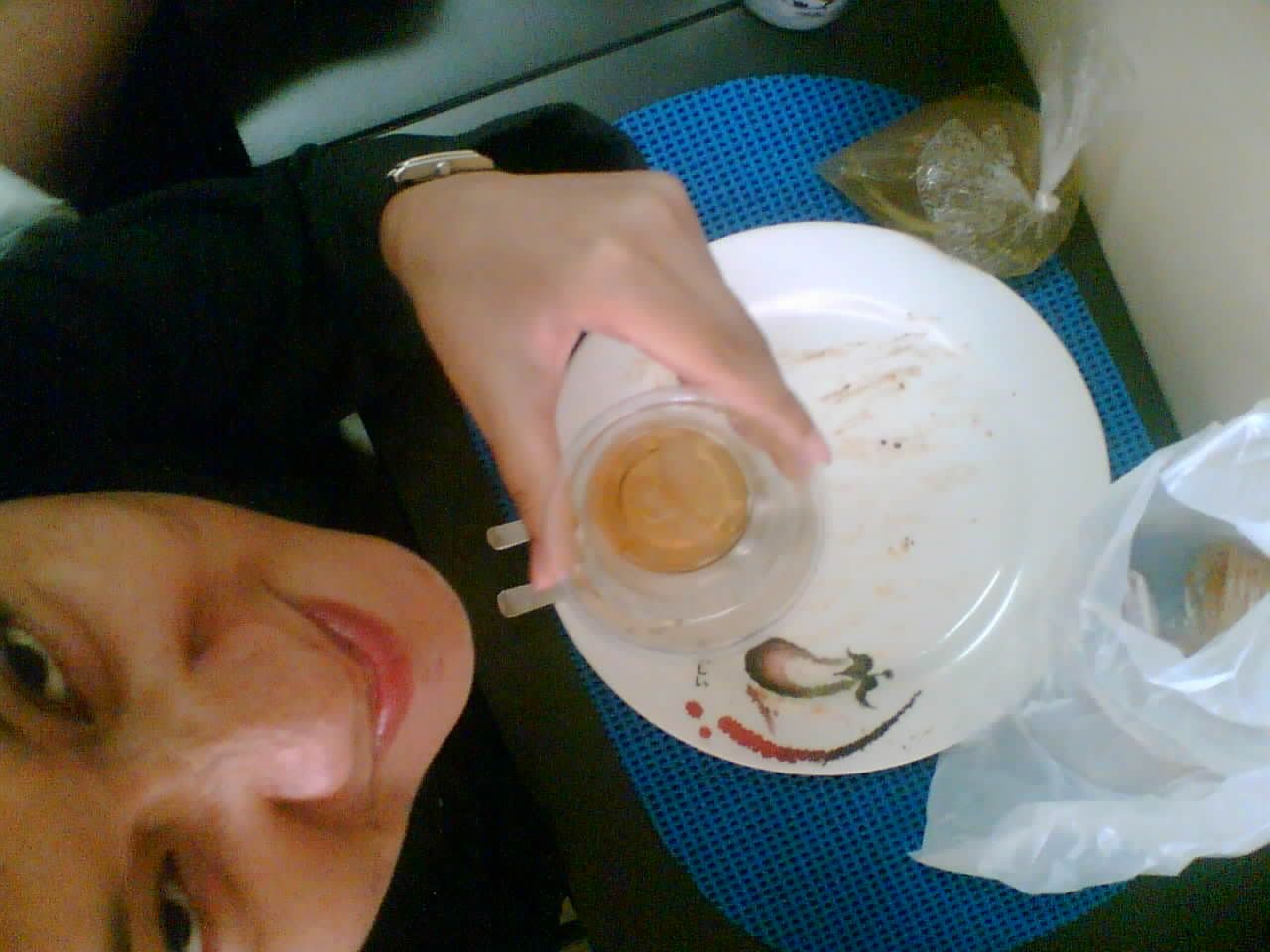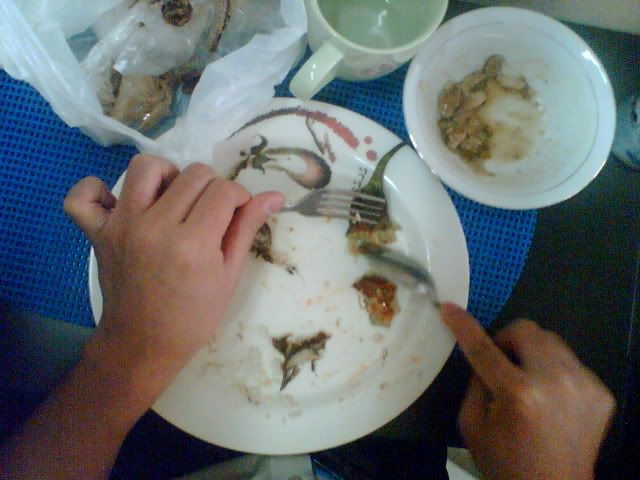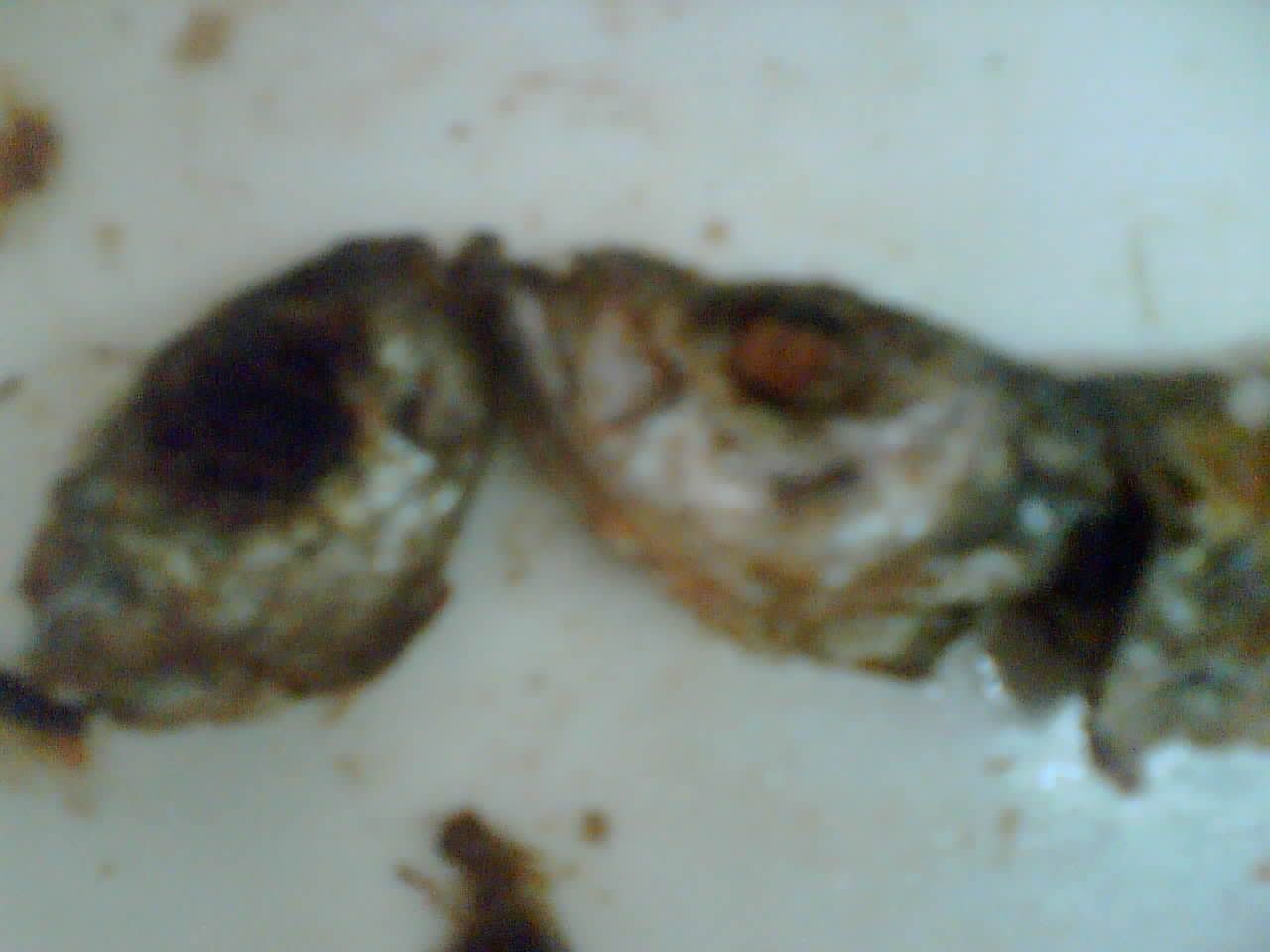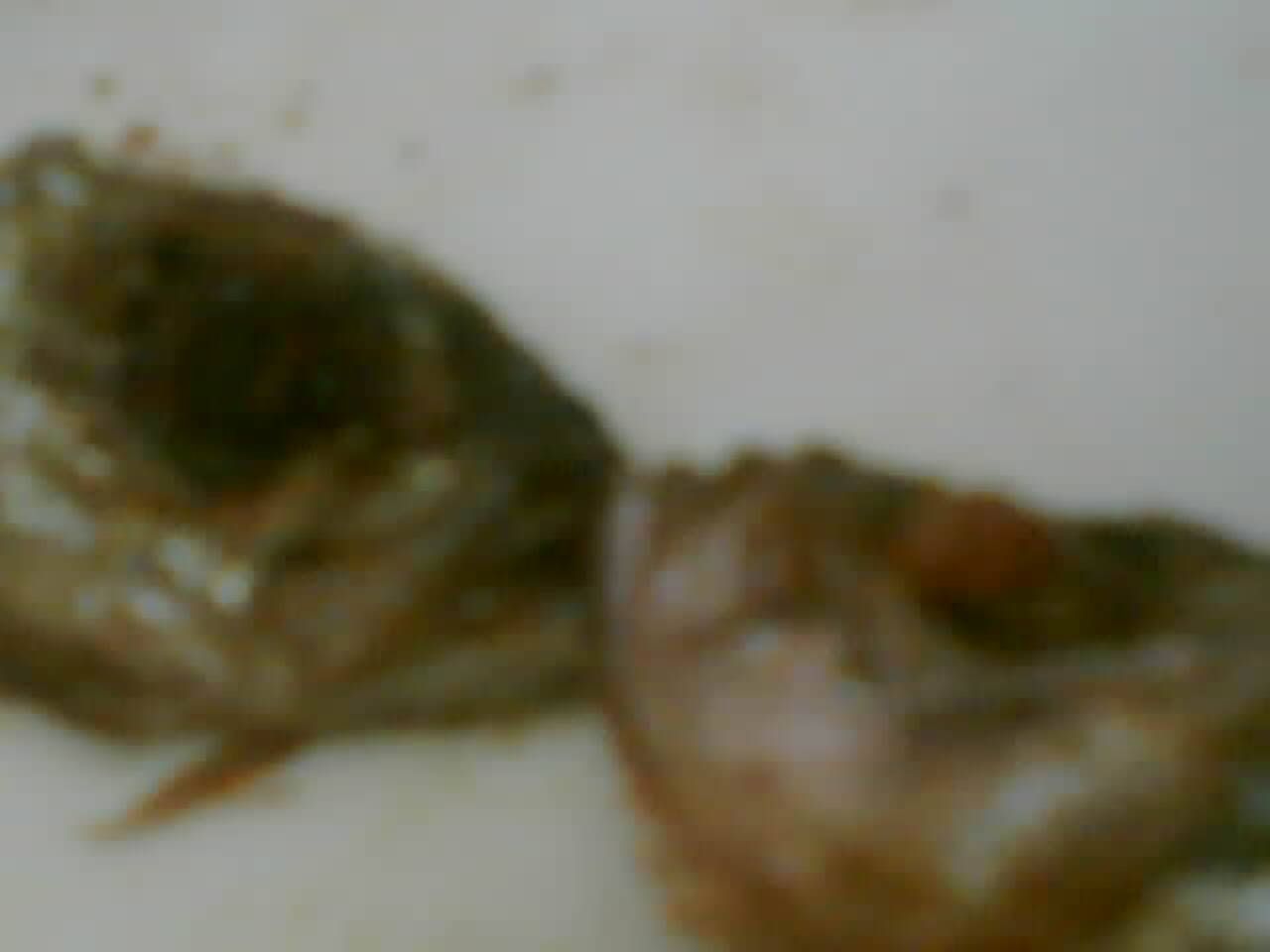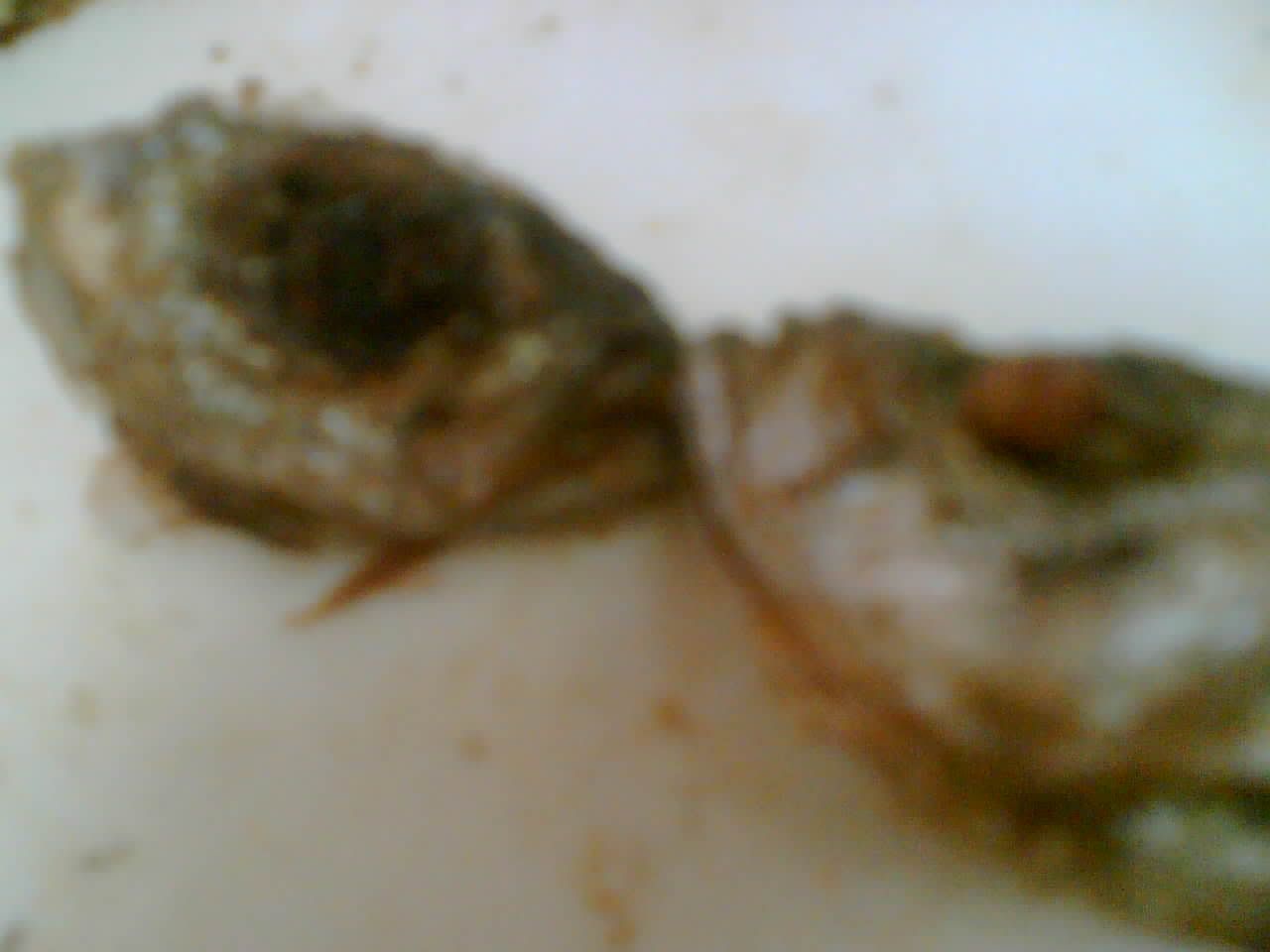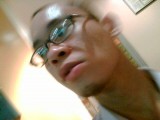When I visited the Quezon City Memorial Shrine back in high school, in my young mind, it was just another museum. What with the imposing white structure housing memorabilia, relics, and artifacts, anyone would not think otherwise. I didn’t realize that what set shrines, monuments, and landmarks apart from museums is that they have souls that have been bequeathed to them by the ideals, visions, and spirits of the great men for which they have been built.
Historical shrines, monuments, and landmarks give us front-seat tickets to lessons of the past. Although museums are better-known repositories of historical and cultural artifacts, shrines, monuments, and landmarks offer a more intimate encounter with our heritage. The physical structures are historical artifacts themselves.
According to the National Commission for Culture and the Arts, there are distinctions among shrines, monuments, and landmarks. Shrines are sites that are held in high deference because of their association with an important event or person in history. Monuments are man-made or natural objects that have been set aside as public property or have been purposely built in honor of a person. Landmarks are places or structures that have figured prominently in a historical event or person’s life, or had a pivotal role in the country’s history.
Shrines, monuments, and landmarks could be a great alternative to museums if you want to expose your students to a no-tears (or perhaps no-yawn) history lesson. Here are shrines, monuments, and landmarks you may want to consider visiting with your class. These are under the administration of the National Historical Institute.
Mabini Shrine Pandacan
This is the actual place where Apolinario Mabini spent the last day of his life. It is located at the Malacanang Park in Pandacan, Manila. Aside from the replica of the nipa hut where the Brains of the Philippine Revolution was born, the period fixtures of the house are the shrine’s main attraction.
Jacinto Zamora Monument
Also located in Pandacan, Manila, this monument marks the spot where Father Jacinto Zamora, one of the three priests collectively known as GOMBURZA (the other two being Father Jose Burgos and Father Mariano Gomez), was born. The GOMBURZA was executed after being falsely accused of subversion.
Rizal Shrine Fort Santiago
This shrine in Intramuros amid the ruins of Fort Santiago is where Jose Rizal spent his remaining days before his execution. This is also where he wrote the poem “Mi Ultimo Adios,” his farewell to his beloved country.
Quezon Memorial Shrine
Right at the heart of Quezon City, the Quezon Memorial Shrine is a towering monument to the legacy of Manuel L. Quezon. It is a museum of memorabilia of the Commonwealth president and also a mausoleum where his remains lay.
Pinaglabanan Memorial Shrine
This shrine stands in commemoration of the first battle of the Philippine Revolution, the Battle of San Juan Del Monte. It has a photo exhibit of the battle, and paraphernalia and busts of Katipuneros who fought in the revolution. It is located in San Juan, Metro Manila.
Barasoain Church Historical Landmark
Located in the city of Malolos in Bulacan, this landmark is a tribute to the historic Malolos Congress and the first Philippine Republic. . Bulacan prides itself to being the hometown of such great names as Francisco Balagtas, Marcelo H. Del Pilar, and Gregorio Del Pilar.
Casa Real Shrine
Not too far from the Barasoain Church is the Casa Real Shrine. The place used to be the building that housed the National Treasury. During the time of General Emilio Aguinaldo, it was where the National Printing Office, which published the government’s official organ, was housed. The revolutionary publications Kalayaan and La Independencia were also printed within the walls of this shrine. Originally made of bamboo and cogon, the shrine was renovated using hardwood and nipa, and eventually reconstructed using mortar, bricks, and hardwood.
Marcelo H. Del Pilar Historical Landmark
This landmark in Bulacan, Bulacan, is a monument to Marcelo H. Del Pilar, whose remains lay here. The structure also houses a library which has a collection of materials about the various towns of Bulacan.
Vicente Manansala Historical Landmark
This historical landmark is where National Artist Vicente Manansala spent his last days. Located in Binangonan, Rizal, it also showcases his works, memorabilia, and personal artifacts. Manansala is what others would call a modernist, expressing reality using abstraction.
President Ramon Magsaysay House
This is where Ramon Magsaysay, the seventh president of the Philippines, spent most of his fruitful years. This landmark exhibits several period fixtures, Magsaysay’s presidential car, and a collection entitled “President of the People.” It is located in Castillejos, Zambales.
Baldomero Aguinaldo Shrine
This shrine in Binakayan, Kawit, Cavite is the house of Gen. Emilio Aguinaldo’s first cousin, General Baldomero Aguinaldo, a member of the cabinet of the Revolutionary Government. It contains period fixtures and Baldomero’s memorabilia.
Emilio Aguinaldo Shrine
This is the historic house of General Emilio Aguinaldo in Kawit, Cavite, where the Philippine National Anthem was first played and the Philippine flag was first unfurled, signaling the declaration of the country’s independence.
Bonifacio Trial House
This house in Maragondon, Cavite, is where Andres Bonifacio and his brother Procopio were tried, found guilty of hostility towards the newly instituted government headed by General Emilio Aguinaldo, and were sentenced to death. They were executed in the mountains of Maragondon.
Marcela Agoncillo Historical Landmark
This is the house where Marcela Agoncillo, the woman who made the first Philippine flag, was born. This landmark, located in Taal, Batangas, showcases an exhibit of the evolution of the Philippine flag. .
Leon Apacible Historical Landmark
This is the house of one of the members of the Malolos Congress, Leon Apacible. He was a representative of the Mountain Province, then known as Lepanto. The house is located in the same street as the Marcela Agoncillo Historical Landmark in Taal, Batangas. It is furnished with turn-of-the-century fixtures.
Mabini Shrine Tanauan
This is the birthplace of the “Sublime Paralytic” and the “Brains of the Revolution,” Apolinario Mabini. Mabini was an accomplished writer, a lawyer, and a patriot. The shrine is in Tanauan City, Batangas.
Miguel Malvar Historical Landmark
Located in Sto. Tomas Batangas, this historical landmark commemorates the last Filipino general to surrender to the Americans. The place has a collection of photographs on the Filipino-American War and paintings submitted as entries to the celebration of Malvar’s centennial birth anniversary.
Rizal Shrine Calamba
This shrine in Calamba, Laguna, is a reconstruction of the original house where Jose Rizal was born. It has a collection of both replicated and original memorabilia and fixtures.
Nagcarlan Underground Cemetery Historical Landmark
This cemetery was built by the Franciscan order in 1845 in Nagcarlan, Laguna. It boasts of a unique underground crypt, an arched entrance, and a Baroque-style cemetery chapel. It served as a secret meeting place for Katipuneros during the revolution.
Casa de Comunidad Historical Landmark
Commissioned by Gobernadorcillo Francisco Lopes to be built in 1776 in Tayabas, Quezon, Casa de Comunidad was used as a public hall and lodge for travelers. It was originally built from improvised material but was refurbished in 1837.
Gregorio Aglipay National Shrine
This shrine in Batac, Ilocos Norte is the place where Bishop Gregorio Aglipay was born. Bishop Aglipay is the founder of the Protestant sect Philippine Independent Church.
Juan Luna Shrine
The shrine is a repository of the Luna family memorabilia, including the reproduction of the works of painter and patriot Juan Luna. It also exhibits the well-renowned artist’s bed and other artifacts of the history of Badoc, Ilocos Norte where it is located.
Teodoro Brillantes Ancestral House
A repository of personal memorabilia and artifacts of the history and culture of Abra, the house belonged to a descendant of Gabriela Silang, the prominent educator and public servant Teodoro Brillantes. The house is located in Tayum, Abra.
Battle Site of Pulang Lupa Memorial
This memorial in Torrijos, Marinduque, marks the site where the Filipinos led by Lieutenant-Colonel Maximo Abad won the battle against the American forces.
Rosendo Mejica Historical Landmark
This house in Molo, Iloilo City, is the birthplace of Ilonggo journalist, educator, publisher, labor leader, and philanthropist Rosendo Mejica. It showcases books that were published and printed by Mejica, memorabilia, and antique printing machines.
Wenceslao Q. Vinzons Historical Landmark
This historical landmark in Vinsons, Camarines Norte, is the house of World War II hero Wenceslao Vinzons. It displays his photographs and other World War II paraphernalia.
Jorge Barlin Monument
This monument in Baao, Camarines Sur, is a tribute to the first Filipino Catholic bishop, Bishop Jorge Barlin. He was tasked to give the invocation during the opening of the first Philippine Assembly in 1907.
Rizal Shrine Dapitan (Dapitan City, Zamboanga del Norte)
This is the place where Jose Rizal was exiled. The improvements Rizal effected on the place during his stay from 1892 to 1896 can be observed in the ten-hectare area.
To find out how to arrange your field trips to these shrines, monuments, and landmarks, you may get in touch with the Monuments and Sites Section of the National Historical Institute, NHI Building, T.M. Kalaw St., Ermita, Manila. Here are their numbers: (632) 524-8302, (632) 523-0905, (632) 525-8661, (632) 524-9952, (632) 523-1037, (632) 523-1039, and (632) 525-0055. You may also e-mail them at info@nhi.gov.ph.


